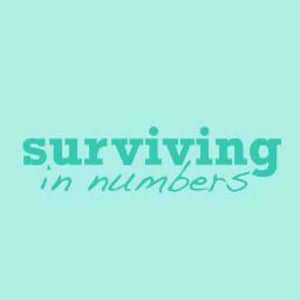
Surviving in Numbers: Tools for Teens
As movements to end sexual violence have grown, youth have often been left out of the narrative. We'll develop prevention & support tools for teens.
The Problem
Young survivors of sexual assault and dating violence are some of the most vulnerable in the population, and are often at highest risk for re-victimization. Over 40% of sexual assault survivors are under the age of 18 (RAINN), and young people who are abused are at higher risk than their peers for re-victimization, as well as for long-term health problems (National Institute of Health). As movements to end sexual violence have grown, including the Me Too movement, young survivors have often been left out of the narrative, and prevention and support tools for this demographic are sparse.
Over the last 5 years, Surviving in Numbers has trained over 10,000 teens on prevention, survivor support, consent, bystander intervention and challenging rape culture. These trainings have been enormously successful, and have resulted in Surviving in Numbers being asked to re-write city curriculum, as well as requests from teens across the US and internationally for technical assistance in creating their own Surviving in Numbers trainings and exhibits. In collaboration with legal experts, Surviving in Numbers also created a guide for K-12 students and their parents and guardians on navigating general legal remedies after harassment and violence. To make our trainings and resources sustainable and accessible to all who need them, Surviving in Numbers will build Tools for Teens, a comprehensive online toolkit of materials for students, parents and guardians, that builds on data from our trainings with thousands of youth, and incorporates up-and-coming data and resources for best practices on prevention and support.
The Solution
This Toolkit will be accessible online and distributed to partners, as well as to new teen trainees who seek to replicate Surviving in Numbers programming in their schools and communities, with a focus on assisting underserved communities and schools who lack sexual violence educational programming. Solely with our in-person trainings and through technical assistance, we have been able to reach over 15,000 young people; with an online toolkit easily modified and widely available, we can reach hundreds of thousands of young people, helping to prevent violence on a larger scale and provide tools for survivor support to youth. By providing these additional resources, the Toolkit will advance the movements to end violence as well as empower those the movement has not focused as deeply on. Our work is survivor and youth-centered, and we will be conducting focus groups with youth (ages 13-21), survivors, and those who work with youth populations as we develop new materials for the Toolkit.
Planned Use Of Funds
Funding from Shared Nation will allow us to partially fund our Executive Director’s time designing materials for the Toolkit, conducting focus groups, and developing materials. We will also use a portion of the funding to bring on a Graphic Designer, ideally a student or young person who is a member of the communities we will reach with the Toolkit, to build the toolkit.
Stage of Development
- Early Stage
- Established Prototype
- Scaling
- Other
Organization to Receive Funds
Surviving in Numbers (EIN 46-3013733)




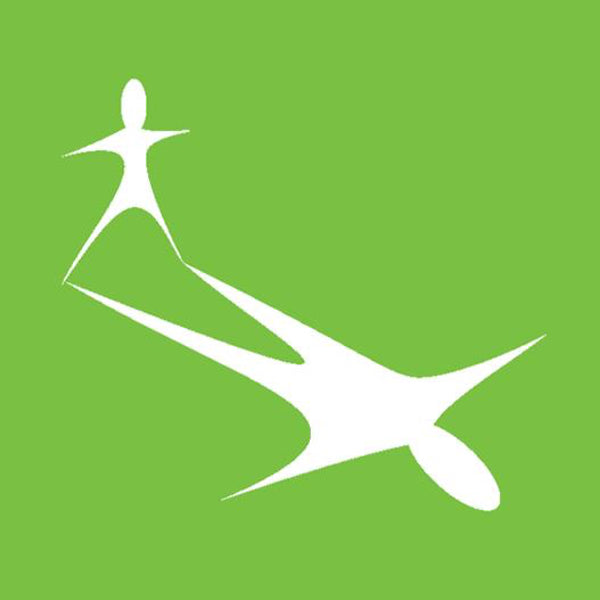
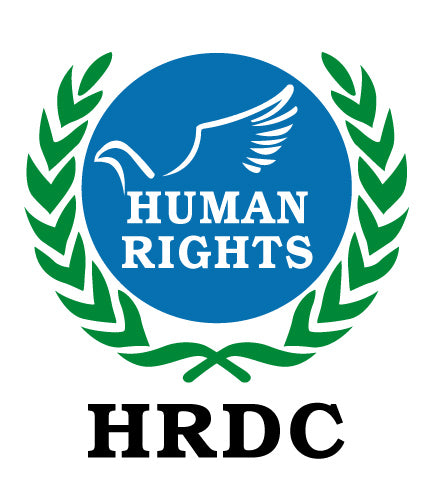
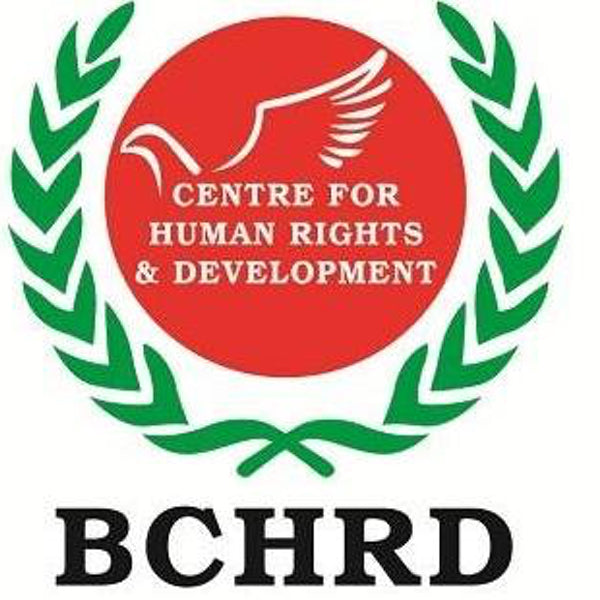
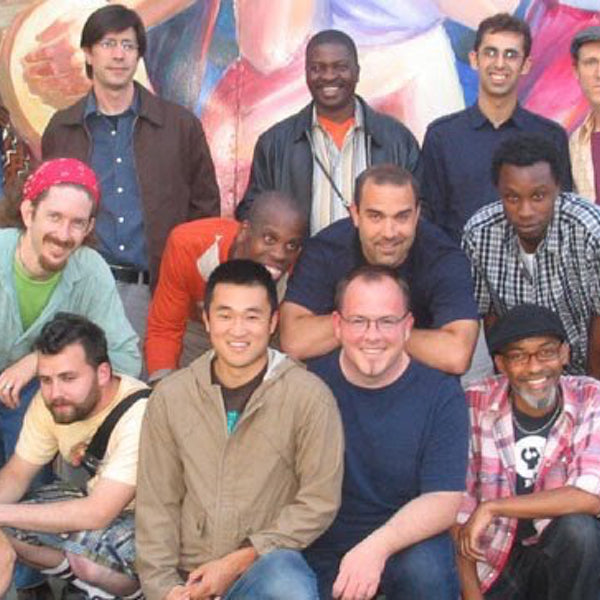
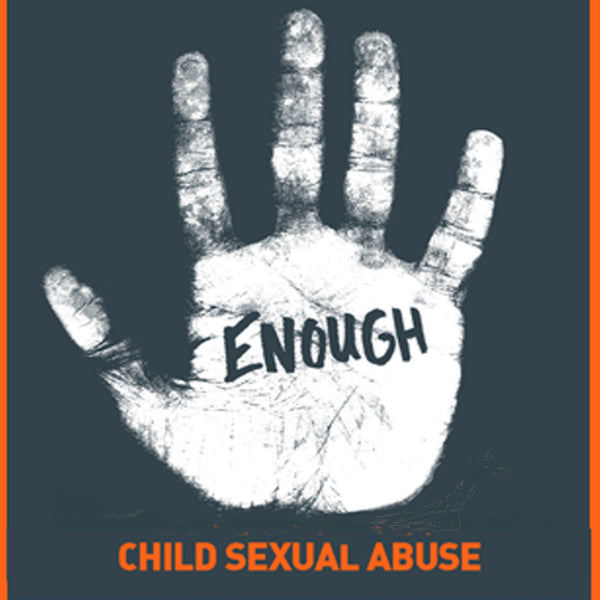

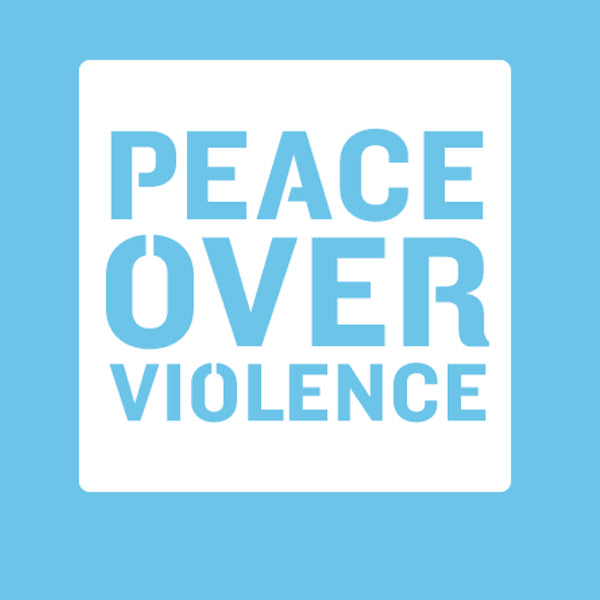
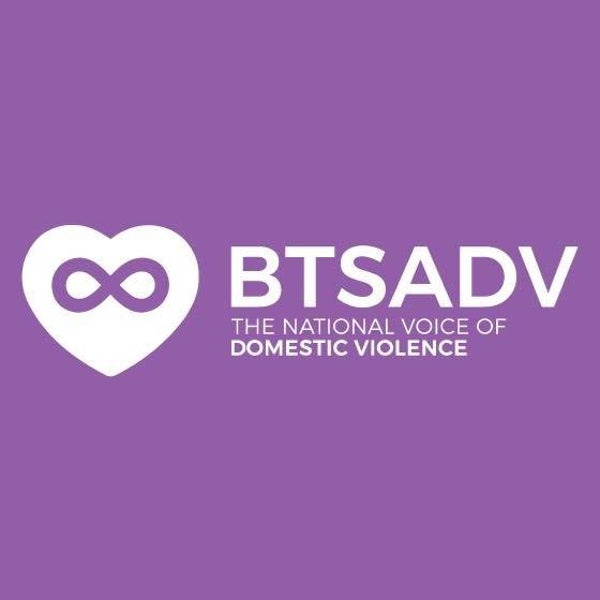



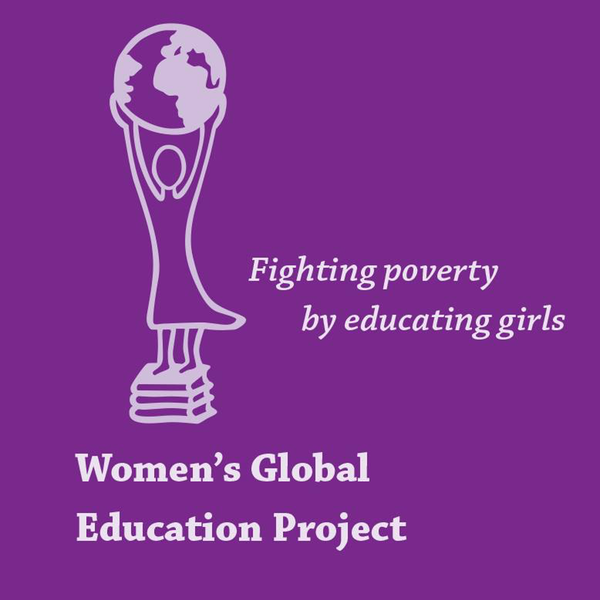

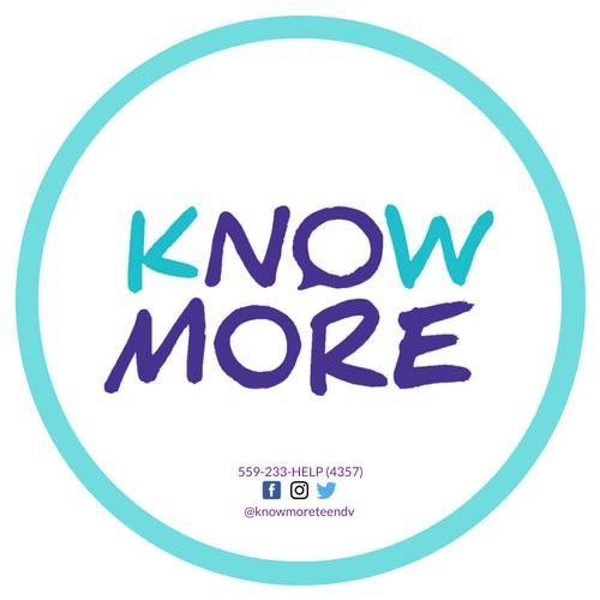



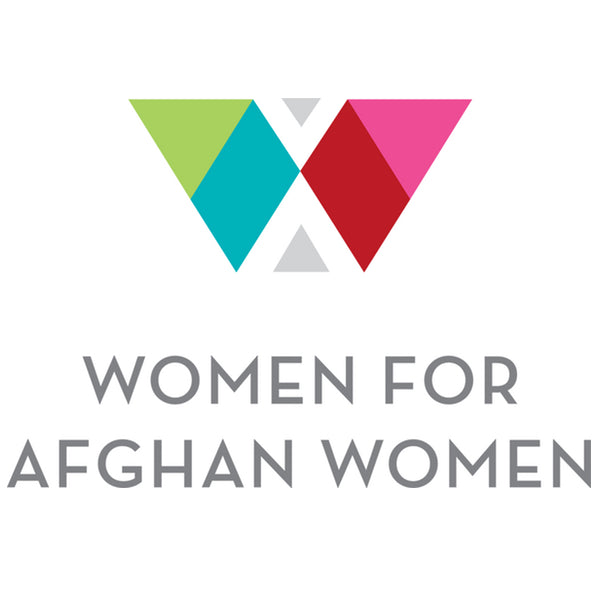
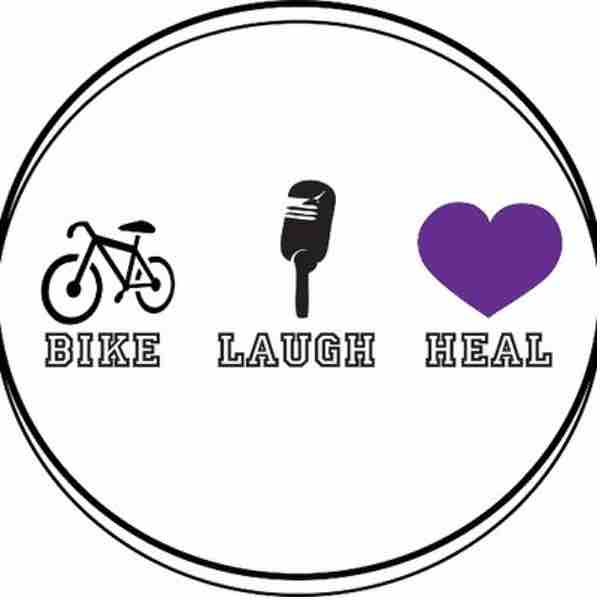

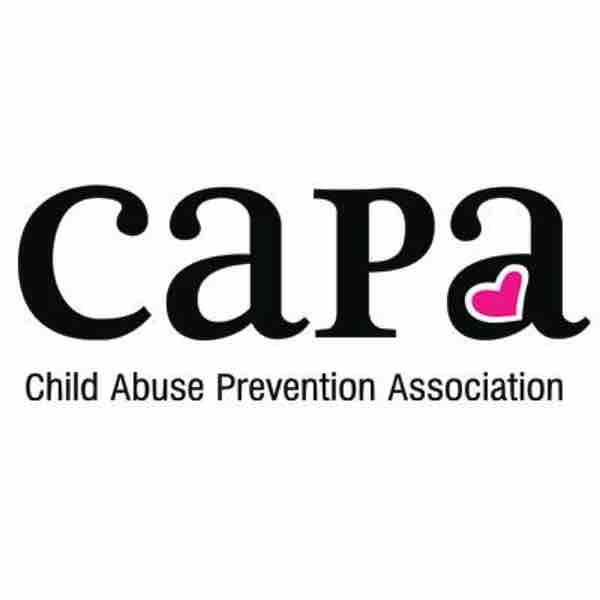

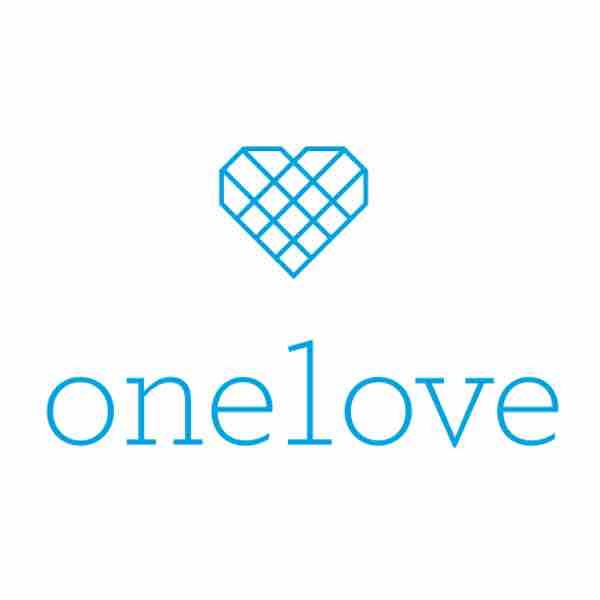
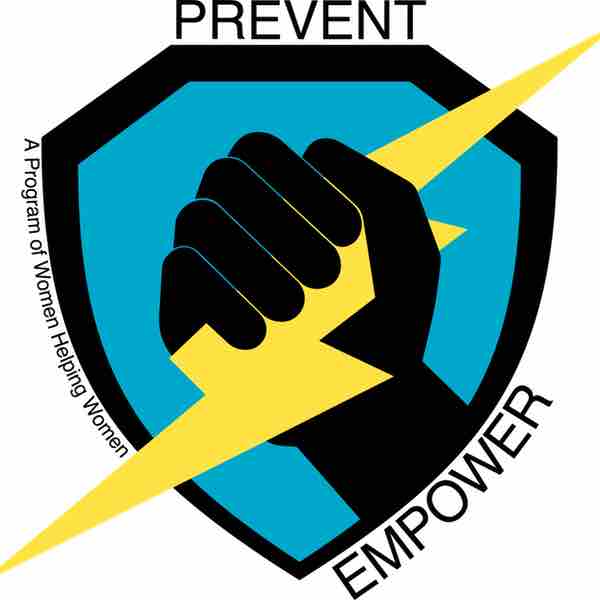
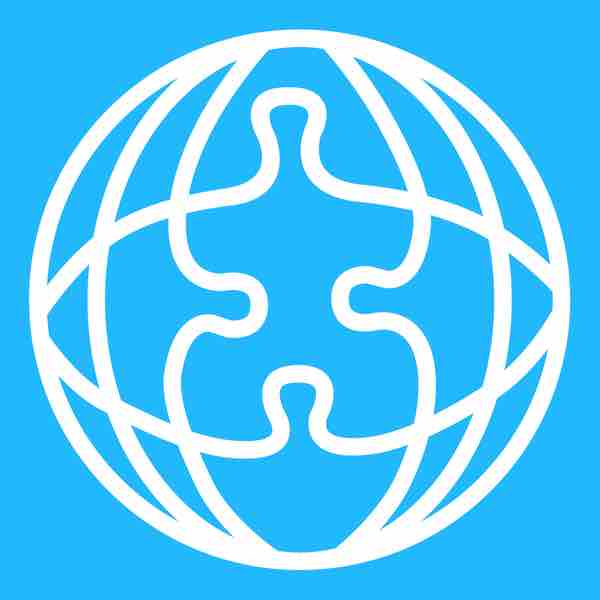

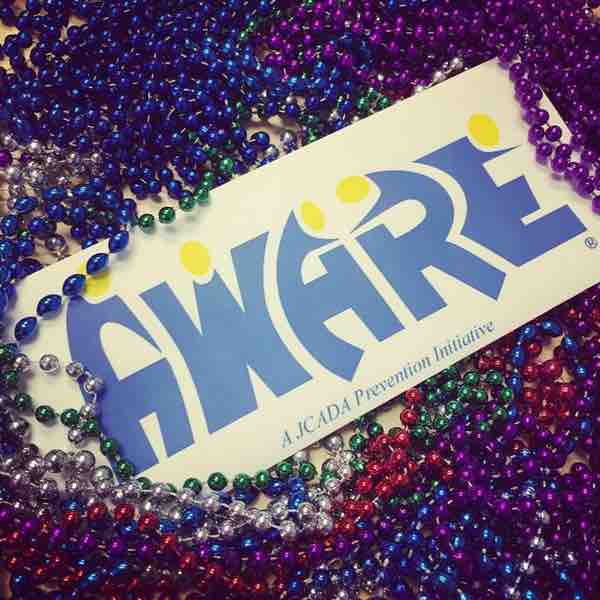
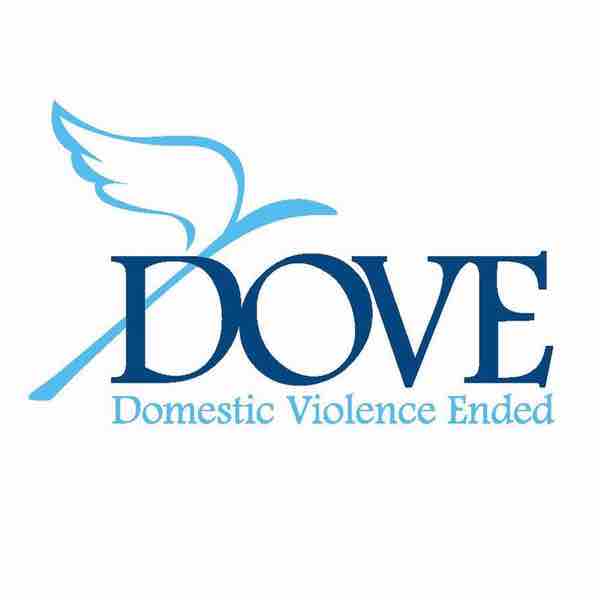

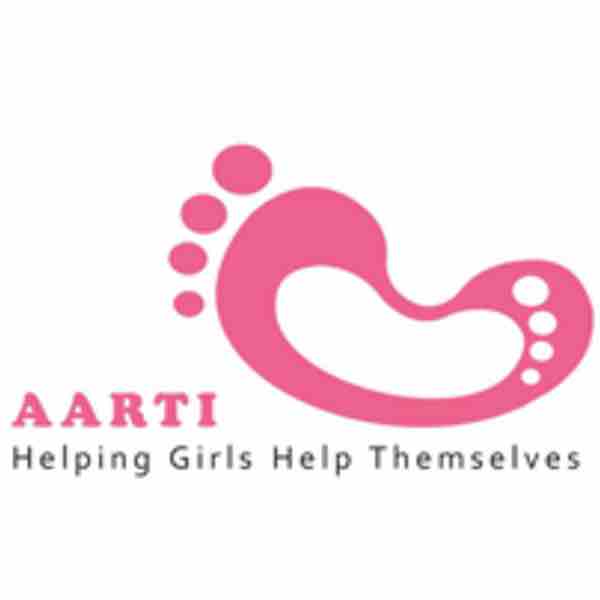
Join The Discussion